The new head of the ALB faces the challenge of achieving an honorary degree in circularity and emission neutrality by 2025. The allies in this process are innovation and collaboration and exchange with all the agents involved, both manufacturers and the environment. Paniagua is satisfied with the data on the recycling of 70% of beverage cans in our country, as well as with the incorporation of mineral water or wine into the world of cans. Regarding the reverse recycling system which is carried out in other places, she considers that it is very complex and requires specific habits in each country.
How do you face the challenge of being the new director of the Beverage Can Association?
With great enthusiasm and a great desire to offer a new vision to the packaging sector, which is in a privileged position from the point of view of sustainability. This means that this is an exciting challenge, and at the same time a very complex one, in which innovation will have to play a fundamental role over the next few years to achieve the necessary improvements that will enable us to meet the new regulatory challenges and achieve “a distinction for the circularity” of this packaging.
You come from the environmental sciences, you are an expert in circular economy Has the time come for global awareness on the part of all the actors involved?
No doubt about it. The circular economy always requires global awareness, whether it is addressed on a large scale or at the local level. I believe it is essential that all the agents involved in the value chain collaborate to optimize all its phases and links and continue to improve the processes from the point of view of both environmental and economic efficiency.
What do you think is the main drawback or stumbling block for beverage cans in Spain?
I believe that it is necessary for consumers to become even more involved in the correct separation of this packaging when depositing it in the yellow container and also to consume more responsibly when disposing of it, as we are all aware of the existing problem of “littering”, which generally affects all types of materials and packaging. On both issues, but especially on correct separation, the collective systems of extended producer responsibility (EPRS) should act quickly and forcefully in view of the current regulatory framework.
Why do you think there are no reverse vending machines in Spain to promote recycling? Is it so difficult to install in this country such a simple and positive method to encourage everyone to recycle?
Far from being simple, this type of system implies a high level of complexity in logistics implementation in which the type of consumption habits and structure of the types of commerce in each country have a great impact on both the economic and environmental balance. In this sense, as we can see on the horizon of the nearest European regulations, with the publication of the new regulation on packaging and packaging waste, as well as the requirements of our current legal framework in this area, it will be crucial that both public administrations and the private sector of packaging and distribution coordinate in the short term. This is all the more pressing in view of the immediate separate collection targets required by our own packaging waste legislation for certain plastic products (beverage bottles up to 3 liters capacity).
How has the use of beverage cans evolved in recent years in our country? Which product is still the most popular in canned beverages? Beer?
Indeed, in 2023, beer accounted for 53% of canned beverages. However, after the pandemic effect, during which consumers bought more beer in cans to consume at home, reaching 61% in 2020, soft drinks have gradually regained their share in this type of packaging, surpassing the 46% they accounted for in the pre-pandemic period. In this sense, not only sugar-free soft drinks and energy drinks are contributing to this growth, but also other beverages, such as fruit juices and waters, which are strongly betting on our packaging.
There are some beverages that are still hard to see canned in our country, such as water or wine, and in some cases, such as wine, it is usually for export.
In line with the above, around 66% more water is currently packaged in cans than 5 years ago. This shows a trend, which we believe will continue in the coming years, because aluminum is a material that allows rapid cooling and also offers the consumer a unique experience during the consumption of both still and sparkling beverages. Both requirements are not only essential in soft drinks, but also in water, especially in climates such as that of our country.
In the case of wine, we believe that the new generations will play a fundamental role in the consumption of this type of canned product, given that this packaging is growing along with them through the consumption of beverages in modern and avant-garde designs with which they feel complicit and very identified. Let’s say that for us it is something “too disruptive” but for them it could become something “normal”. In any case, there are already successful experiences of wineries that are packaging wine, not only in Spain but also in countries such as Portugal and Italy.
Given that aluminum is more easily recyclable than plastic, don’t you think it would be more positive to launch a campaign to encourage mineral water bottlers to switch to this material? Do you see this change as feasible? What is the main stumbling block you encounter on your way to this transformation, which would be more beneficial for the environment?
Each material and each type of packaging has certain characteristics and properties that make it suitable for its application considering its functionality, use case and environmental performance. In this sense, as I explained before, we believe that water has an excellent packaging opportunity in aluminum for certain use cases in which the functionality of the container and its life cycle can compete very advantageously against other types of materials and containers.
What initiatives is the Association promoting to increase can recycling rates? How is the global initiative “Every Can Counts” working in our country? Are there figures for the last few years?
We work side by side with the main agents of the aluminum, packaging and distribution value chain. Associations such as AME, ARPAL, Cerveceros de España, ANFABRA, ASEDAS or ACES, among others, are part of our usual ecosystem of daily work and collaboration for this purpose. Additionally, we collaborate with SCRAPs such as Ecoembes or ProCircular to coordinate with them joint technical and communication actions to increase recycling rates.
Our environmental education platform “Every Can Counts” (CLC) is working extraordinarily well, not only in Spain but throughout Europe, since it is an initiative that initially started from the Metal Packaging Europe (MPE) association and in which all the national beverage can associations actively participate. It is a resource that allows us to promote at events, or in crowded areas such as beaches, awareness of the need to separate and deposit cans in the yellow container when we are away from home.
In short, all these efforts have been reflected in a steady improvement in the recycling rate, having exceeded 70% in 2023.
What educational or awareness programs are you implementing to inform the public about the importance of beverage can recycling?
The ALB develops an annual work program in communication and social media that allows us to define specific actions to be carried out corporately, as well as from our CLC initiative or, as explained above, in coordination with other entities. Additionally, we are members and collaborators of the Clean Landscape Association where we promote actions against uncontrolled waste dumping, based on information and training to promote a civic culture.
How does the Association collaborate with other industry sectors and organizations to promote sustainable practices?
We have collaboration agreements with bottling associations. This year, for example, we plan to start a specific line of work in this area in collaboration with ANFABRA. In addition, we are collaborators and members of the HISPACK Organizing Committee where, specifically in 2024, a market coverage percentage of 60% has been achieved in the beverage sector.
The ALB also collaborates actively with the CONAMA Foundation as a member of the different technical working committees organized for the preparation of the National Environmental Congress, which is held every two years, and which stand out for their intersectoriality, prioritizing dialogue among their participants.
What are the Association’s future prospects in terms of innovation and sustainability in the beverage can sector?
From the ALB, we will continue to promote the improvement of the beverage can recycling rate with the goal of reaching 90% by 2030. To this end, closed-loop policies for the decarbonization of the value chain will play a fundamental role. Our industry aims to achieve emissions neutrality by 2050, and innovation will play a crucial role in achieving this goal, given that, as I explained earlier, the improvements we have yet to make in this packaging are already at the top of the list.
In this sense, I insist once again that innovation must be very present in our daily work and for this, we will not only continue to collaborate with Technological Platforms such as PACKNET but also with Technological Centers such as CENIM (National Center for Metallurgical Research) or IAI (International Aluminium Institute).
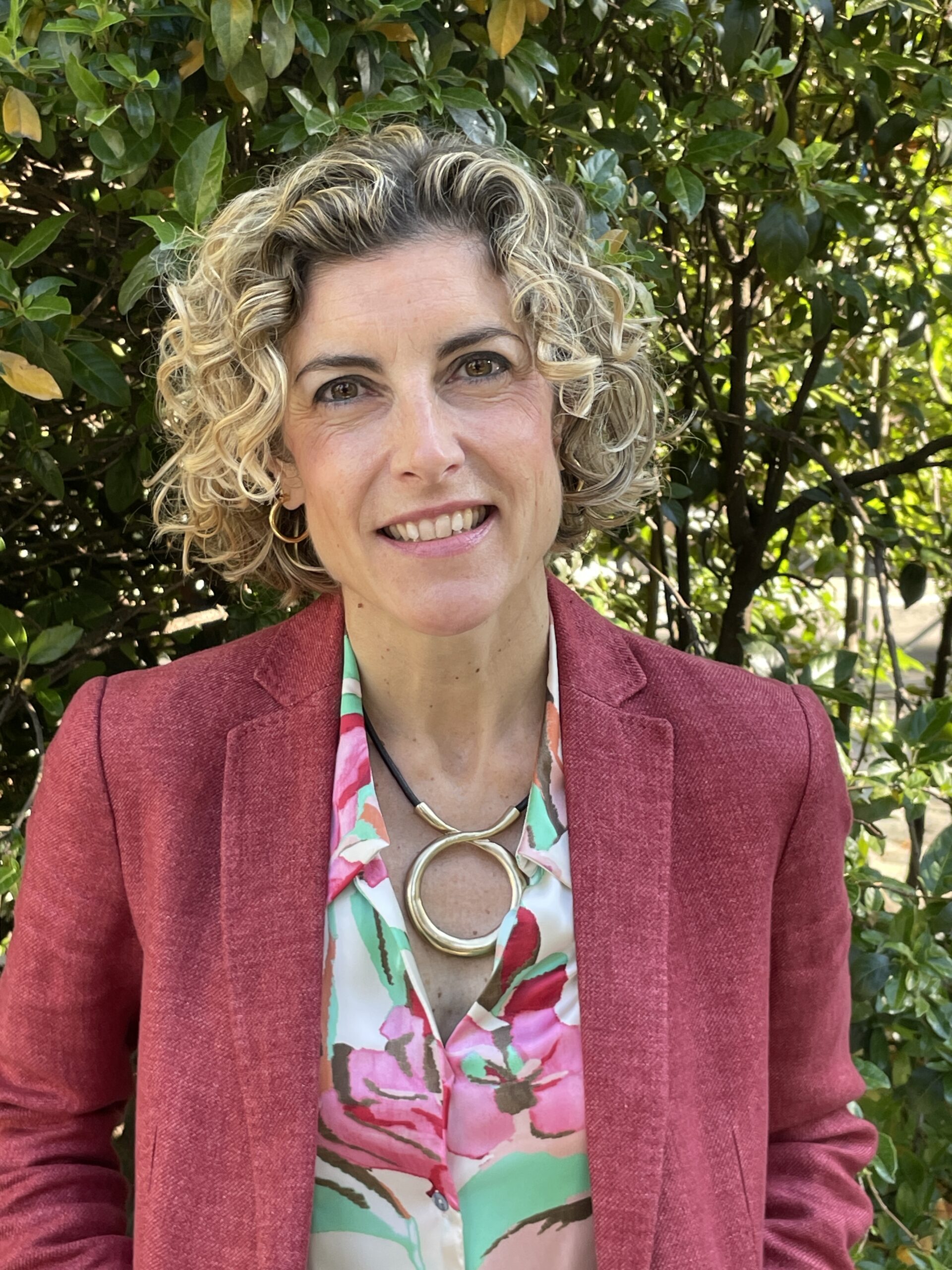


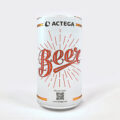
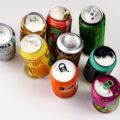
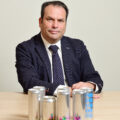

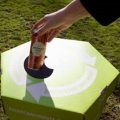
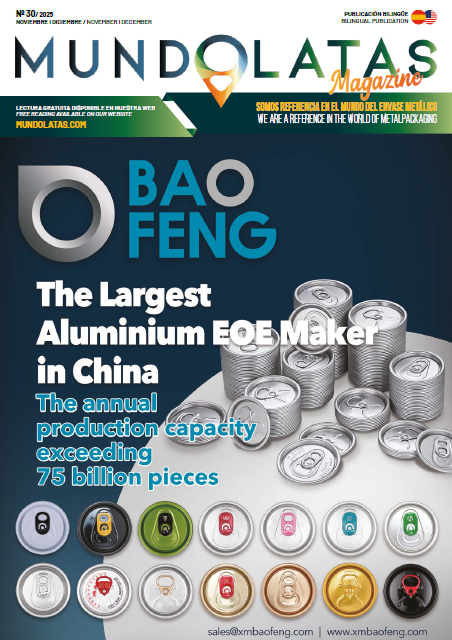
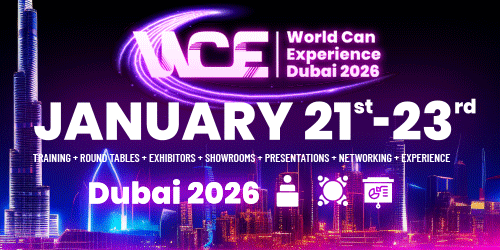
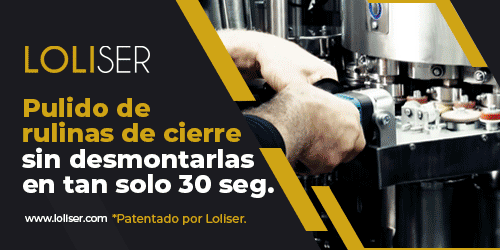
0 Comments